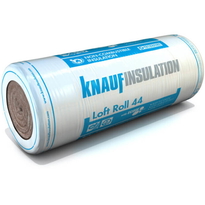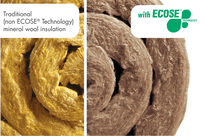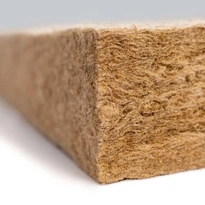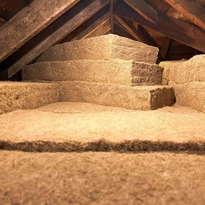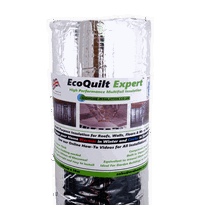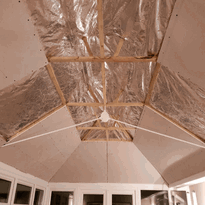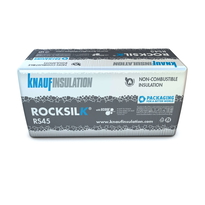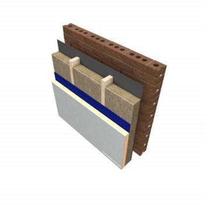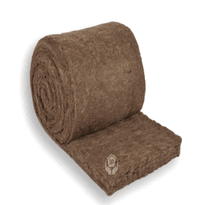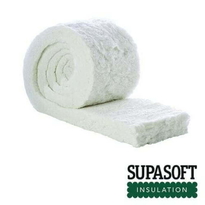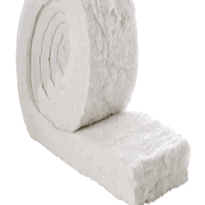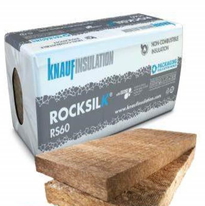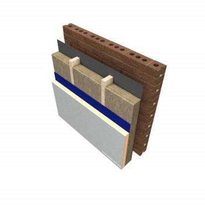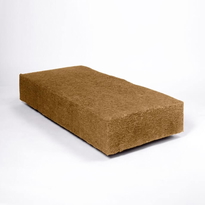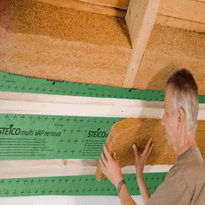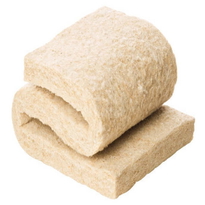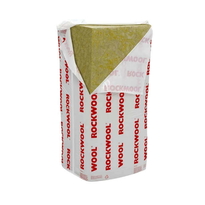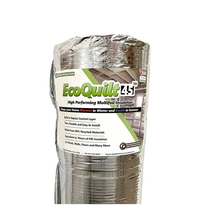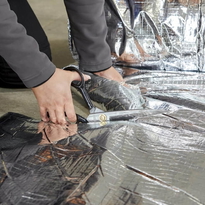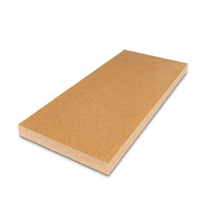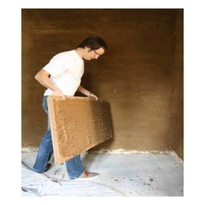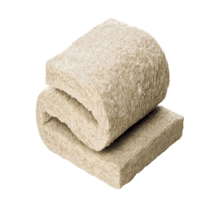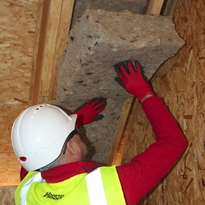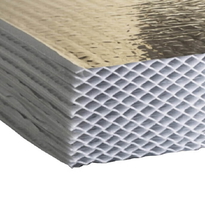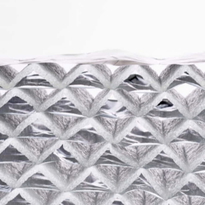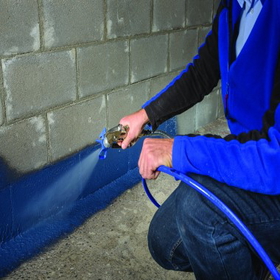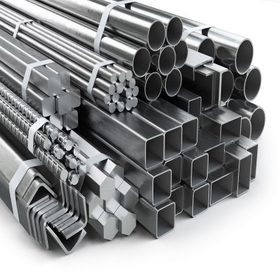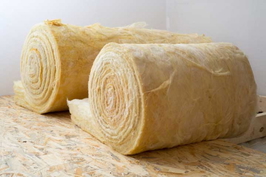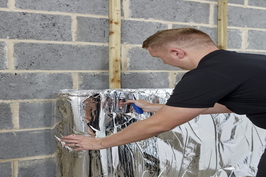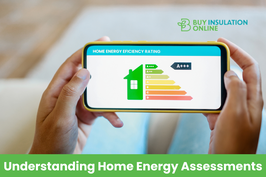Similar Categories
Proper rafter insulation is crucial for improving thermal efficiency, reducing heat loss, and ensuring your home stays warm during the winter and cool in the summer. In the UK, where energy efficiency and building regulations are key considerations, insulating the roof rafters can help homeowners significantly cut down on energy bills and increase overall comfort.
What is Rafter Insulation?
Rafter insulation refers to the process of installing insulation between or above the roof rafters, typically in pitched roofs or loft spaces. This method of insulation helps regulate temperature, improve thermal performance, and reduce condensation risks. By adding insulation at the rafter level, homeowners can create a warm roof, where the entire roof space is insulated and protected from external temperature fluctuations.
Why Insulate Between the Rafters?
Insulating between the rafters can offer multiple benefits, including:
-
Improved Thermal Efficiency – Insulation reduces heat loss through the roof, helping to retain heat during colder months.
-
Lower Energy Bills – Effective insulation solutions, such as Kingspan and Celotex products, can significantly cut down on heating costs.
-
Condensation Prevention – Proper insulation helps mitigate condensation, which can otherwise lead to damp issues and structural damage.
-
Enhanced Acoustic Performance – Rafter insulation can also contribute to better soundproofing, reducing noise from outside.
-
Increased Property Value – Homes with high thermal performance and energy efficiency are more attractive to buyers.
-
Comfort and Temperature Regulation – Insulating the rafters helps regulate the temperature within the home, making it more comfortable year-round.
-
Environmental Benefits – Reduced energy consumption lowers your carbon footprint, contributing to a more sustainable environment.
Types of Rafter Insulation
Choosing the right type of insulation is crucial to achieving the best results. Common insulation materials include:
-
Rigid Board Insulation – PIR boards like Kingspan and Celotex are widely used for rafter insulation. 50mm of rigid board insulation is often applied as the first layer, with an additional 50mm layer recessed between the rafters to ensure complete coverage.
-
Mineral Wool or Rockwool – Non-combustible and great for acoustic performance, wool insulation is ideal for pitched roofs.
-
Multifoil Insulation – Products such as EcoQuilt Expert provide high-performing multifoil insulation that can be easily stapled to the underside of the roof rafters.
-
Loft Insulation – While loft insulation typically focuses on the floor of the loft, rafter-level insulation targets the roof space directly, creating a warm roof environment.
How to Insulate Between the Rafters
Installing rafter insulation can be a straightforward process with the right materials and guidance:
-
Prepare the Roof Space – Ensure the roof is clean, and any existing insulation is in good condition.
-
Select the Insulation Material – Choose insulation such as Kingspan GB, EcoQuilt Expert, or Rockwool, depending on the required thermal performance and budget.
-
Install the First Layer – Recess the first layer of insulation between the rafters. Typically, 50mm PIR insulation is used.
-
Add a Second Layer – A further 50mm of rigid board insulation or a layer of multifoil insulation can be added to the underside of your roof.
-
Seal and Secure – Ensure all insulation boards are properly sealed to prevent airflow and heat loss.
-
Apply Plasterboard – Finish by applying plasterboard to the underside, creating a neat and insulated surface.
Key Considerations for Rafter Insulation
-
U-Values and Building Regulations – The correct insulation thickness and material must meet UK building regulations and achieve the required U-value for roof insulation.
-
Ventilation – Adequate airflow is essential to prevent moisture buildup. Counter battens can help maintain ventilation between the insulation and roof covering.
-
Headroom – Insulation at the rafter level can slightly reduce headroom, so consider the impact on loft spaces.
-
Protective Clothing – When installing insulation, wearing protective clothing can help prevent irritation from fibres, especially when using mineral wool.
Insulation Solutions for Different Roof Types
-
Warm Roof – Insulation is placed above the rafters, keeping the roof structure warm.
-
Cold Roof – Insulation is installed between the rafters, leaving the roof structure exposed to external temperatures.
-
Hybrid Roof – A combination of both warm and cold roof insulation methods for enhanced performance.
Conclusion
Rafter insulation is a great way to improve the thermal efficiency of your home while contributing to acoustic performance and reducing energy bills. By using insulation products like Kingspan, Celotex, or EcoQuilt Expert, you can achieve a high-performing insulation solution suitable for various roof types. Whether you're insulating a new roof or upgrading an existing loft space, ensuring correct insulation can lead to long-term benefits and compliance with UK building regulations.
